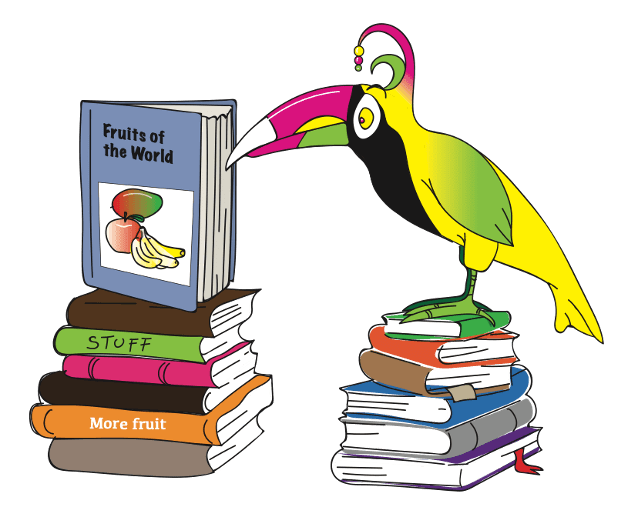READING STRATEGIES
Being a reader involves be able to put many skills, process and understandings in action at similar time.
When you read you need to be able to
- Decode
- Read fluently and with expression
- Use current and develop new vocabulary
- Recognise and follow how texts are organised
- Use prior knowledge to build new ideas
- Stay focused and comprehend content
When people are reading they are using thinking across four levels
- RIGHT THERE IDEAS AND INFORMATION – Facts, data, information that are easy to access and see right there in the images and text.
- HIDE and SEEK – Being able to build on ideas that might be hiding in the images or texts, being able to form predictions and determine sequences or patterns.
- THINK ABOUT IT – Exploring and reflecting on the images and text in order to explore perspectives, opinions, bias, develop comparisons and identify cause and effect, by looking for, thinking about and searching for implied ideas.
- BEYOND the BOOK – Helps readers respond and share how a text effected them by exploring how the author/illustrator expressed ideas or values to serve their purpose and agenda. Examine how words, pictures, tone and style might influence the reader as a result of experience, bias and purpose.
Having an extended vocabulary and being able to use punctuation and pace, helps a reader develop appropriate pace and tone to match the text they are reading. This enables them to be a fluent, expressive reader, who is interesting to listen to and who is also able to comprehend what they are reading, rather just being able to decode at word level. This is also linked to speaking listening and presenting skills and understandings.
- VOCABULARY Readers know the meaning of words, have been exposed to a rich vocabulary of words and show an interest in learning new words and aids in comprehension.
- Skimming
Word connections - I spy
- Sound it out
- Skimming
- FLUENCY Readers who are fluent are able to recognise words, including ones they can’t sound out. Fluency involves being able to read at a smooth pace and be expressive and still comprehend what they are reading. They are able to group words together or predict words in order to maintain pace. These readers can use tone to aid in the telling of a story.
- Picture this
- Express yourself
- Scanning
- Read-on
